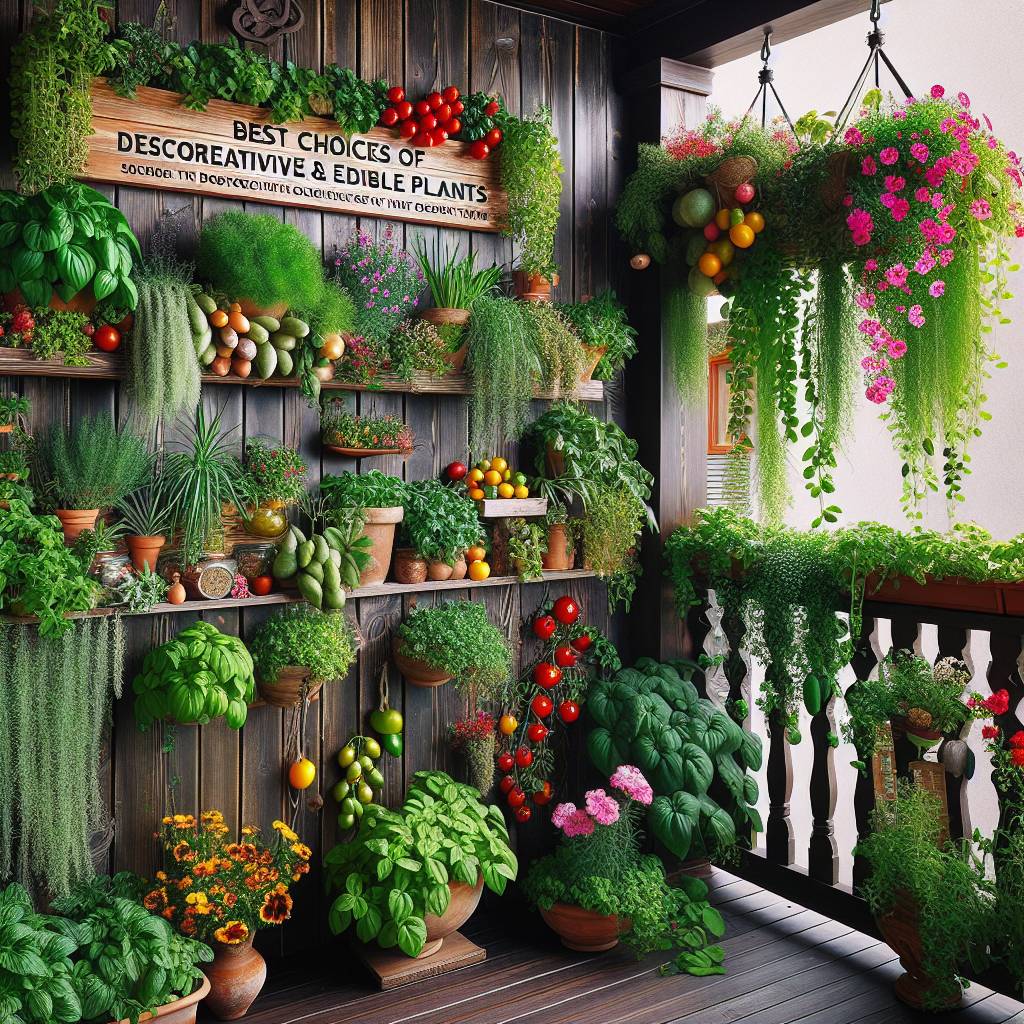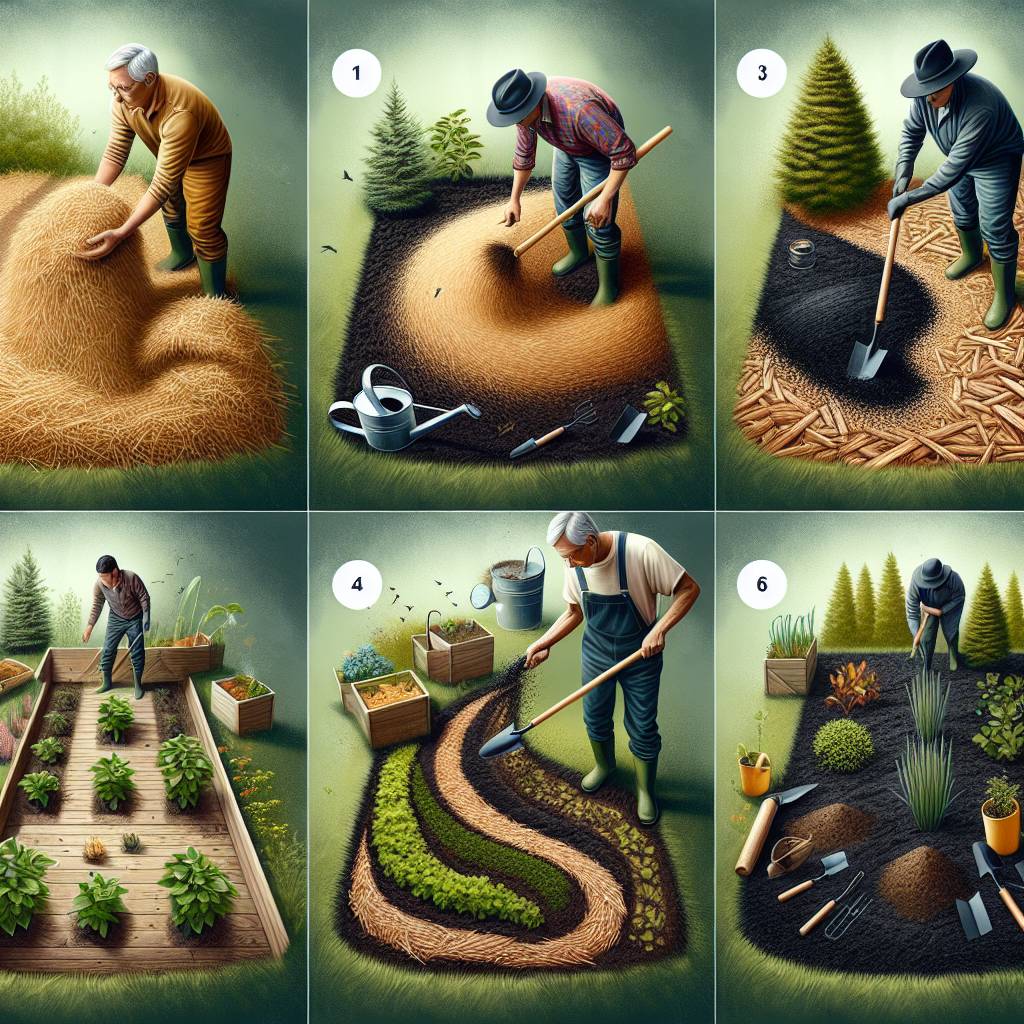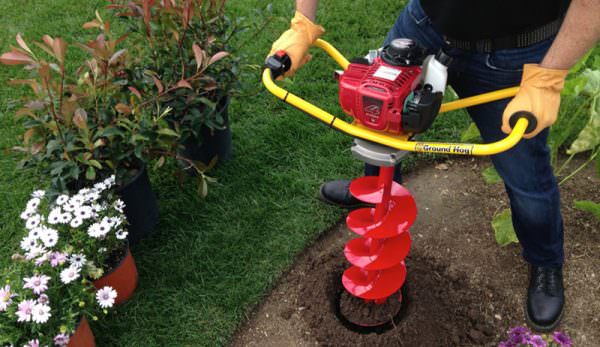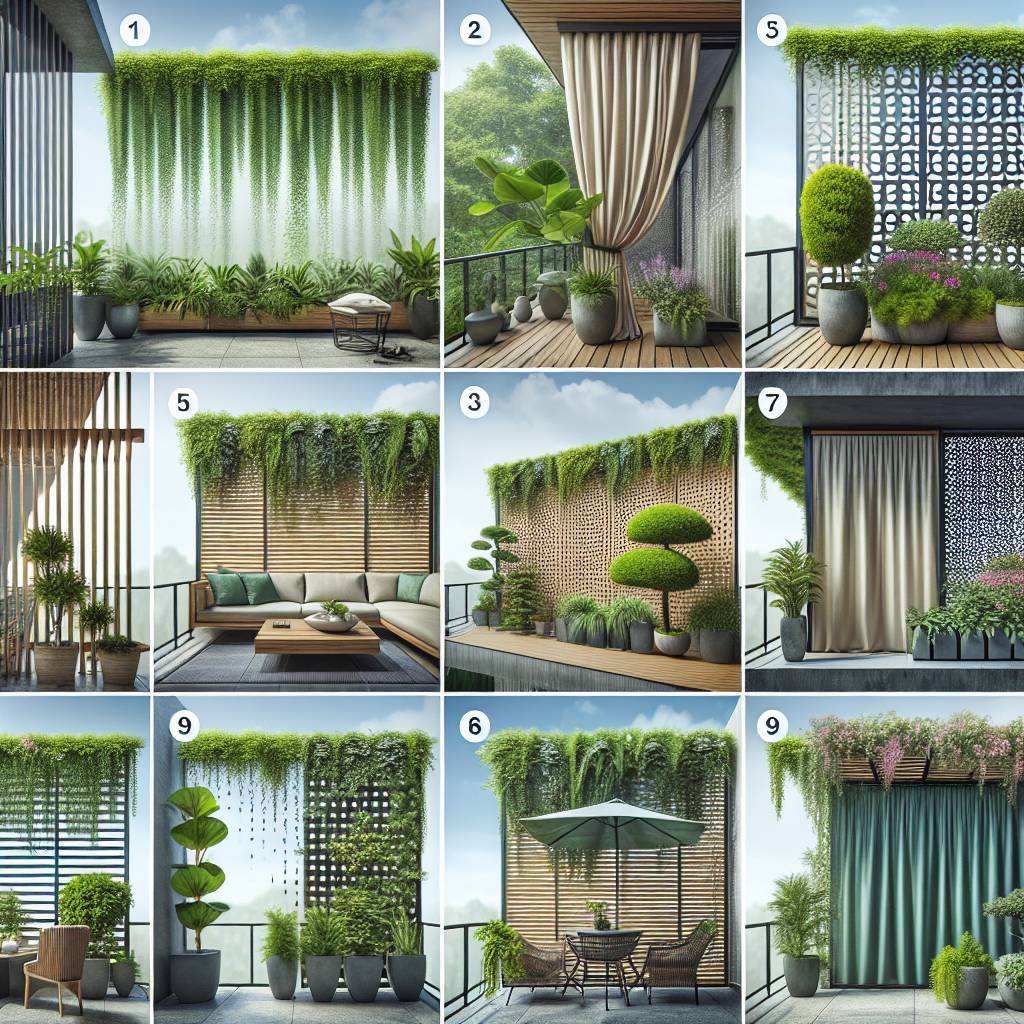Balconies can be transformed into lush, green retreats with the right selection of decorative and edible plants. Whether you’re a seasoned gardener or just starting out, creating a vibrant balcony garden with planters and window boxes on your apartment patio is within reach. In this post, we’ll explore an array of plant options that not only add visual appeal but also offer the bonus of homegrown produce.
From aromatic herbs like basil and mint to compact fruit trees such as dwarf citrus varieties, there’s no shortage of choices for balconies of all sizes. We’ll delve into the historical significance of growing plants in small spaces, shedding light on how this practice has evolved over time to meet modern needs while adding a touch of nature to urban living with edible garden ideas, pot, sun, and a great way.
Key Takeaways
- Choose the right plants: Select edible plants that are suitable for balcony gardening, considering factors like sunlight, space, and climate.
- Focus on herbs: Cultivate herbs to add flavor and fragrance to your balcony oasis. Herbs are easy to grow and can thrive in limited spaces.
- Grow tomatoes and peppers: Utilize vertical space and containers to grow tomatoes and peppers, even in small balcony areas.
- Opt for fresh greens and vegetables: Incorporate leafy greens and compact vegetable varieties that are well-suited for small-space gardens.
- Explore edible flowers: Enhance your balcony garden with edible flowers, adding both visual appeal and sweet delights to your outdoor space.
- Maximize container gardening: Utilize essential container gardening techniques tailored for balcony spaces, ensuring proper drainage and maintenance.
Choosing the Best Edible Plants for Your Balcony
Sunlight and Plant Selection
When selecting edible plants for your balcony pot, it’s crucial to consider the amount of sunlight it receives. Some plants thrive in full sun, while others prefer partial shade. For balconies with limited sunlight, options like herbs (such as basil and mint) are excellent choices. These compact plants can flourish even in areas with minimal direct sunlight. On the other hand, if your balcony receives ample sunlight throughout the day, you might consider growing cherry tomatoes or peppers.
It’s essential to choose edible plants that are well-suited for container gardening. Opting for compact varieties ensures that they can thrive in limited space without overshadowing other plants on your balcony. Compact herbs like thyme and chives are perfect examples of versatile options that don’t require much room to grow but still yield a bountiful harvest in the sun.
Research is key when determining which edible plants will thrive in your specific climate. Certain plant varieties may be more resilient to heat or cold than others, making them better suited for balconies in different regions with sun. For instance, if you live in a warmer climate, you might want to explore tropical fruits such as strawberries or dwarf citrus trees as potential options for your balcony garden.
Cultivating Herbs for a Flavorful Balcony Oasis
Popular Herb Varieties
Herbs like basil, mint, rosemary, and sun are excellent choices for balcony gardens. These herbs not only add a touch of greenery to your space but also provide fresh flavors for your culinary adventures. For example, basil is known for its versatility in various dishes, mint adds a refreshing zing to beverages and salads, while rosemary brings an earthy aroma to roasted meats.
Consider the specific growing requirements of each variety. For instance, basil thrives in warm and sunny conditions, while mint prefers partial shade. Understanding the sun preferences will help you create an ideal environment for each herb to flourish.
Promoting Healthy Growth
Harvesting herbs regularly is essential not only for enhancing the flavor of your dishes but also for promoting healthy growth. Regular pruning encourages bushier growth and prevents the plants from becoming leggy or overcrowded. Harvesting frequently signals the plant to produce more leaves, ensuring a continuous supply of fresh herbs throughout the season.
To maintain optimal growth conditions on your apartment patio or balcony garden, pay attention to factors such as light exposure and protection from strong winds. While some herbs thrive in full sun (e.g., basil), others may prefer partial shade (e.g., mint). Consider using colorful containers that complement both your outdoor decor and provide adequate drainage.
Growing Tomatoes and Peppers in Limited Spaces
Choosing the Right Varieties
Selecting the right plants is crucial. Opt for dwarf or patio tomato and pepper varieties specifically bred for compact spaces. Look for names like “patio,” “bush,” or “dwarf” when shopping for these plants. These smaller varieties are perfect for balconies with limited room.
These petite versions of tomatoes and peppers are designed to thrive in containers, making them ideal choices for small balcony gardens. Their compact size allows you to maximize your space while still enjoying a bountiful harvest of fresh, home-grown produce.
Proper Support and Maintenance
To ensure the success of your tomato and pepper plants in a confined area, providing proper support is essential. Use stakes, cages, or trellises to keep the plants upright as they grow. This not only prevents them from toppling over but also helps optimize their growth by allowing air circulation around the foliage.
Regular pruning is equally important when growing tomatoes and peppers on a balcony. Trimming off excess foliage encourages better airflow and sunlight penetration, which can lead to healthier plants and improved fruit production.
Fertilizing regularly is another key aspect of maintaining healthy tomato and pepper plants in limited spaces. Since container-grown plants have restricted access to nutrients compared to those planted directly in the ground, feeding them with a balanced fertilizer ensures they receive essential nourishment throughout their growth cycle.
Fresh Greens and Vegetables for Small-Space Gardens
Growing Leafy Greens in Containers
Leafy greens such as lettuce, spinach, and kale are perfect for small-space gardens. These plants thrive in containers, making them ideal for balconies with limited outdoor space. Utilize planters or large pots to grow these greens, ensuring they have good drainage to prevent waterlogging. For example, you can use hanging baskets to grow lettuce, maximizing the use of vertical space on your balcony.
Growing leafy greens is an excellent way to add a touch of greenery while also providing a fresh supply of healthy vegetables right at your fingertips. By regularly watering and feeding these plants, you can ensure their healthy growth even in the confined environment of a balcony garden.
Utilizing Vertical Space for Climbing Vegetables
Climbing vegetables like cucumbers or beans are perfect choices for balconies due to their ability to utilize vertical space effectively. With the help of trellises or other support structures, these vines can flourish upwards rather than spreading outwards across the limited floor area. This not only maximizes space but also creates an aesthetically pleasing display of lush greenery.
By growing climbing vegetables vertically, you create a visually appealing “green wall” that not only adds beauty but also provides edible produce throughout the growing season. It’s essential to choose varieties that are well-suited for container gardening and provide adequate support as they grow.
Ensuring Healthy Growth through Proper Care
For both leafy greens and climbing vegetables grown on balconies, it’s crucial to pay attention to their care needs by providing regular watering and feeding. Since containers may dry out more quickly than traditional garden beds, it’s important to monitor soil moisture levels closely and water as needed.
Incorporating nutrient-rich soil mixtures into the containers along with organic fertilizers will promote healthy growth and bountiful harvests from your small-space garden. By paying close attention to these care essentials, even those without extensive gardening experience (commonly referred to as “green thumbs”) can successfully cultivate decorative and edible plants on their balconies.
Edible Flowers and Sweet Delights on Your Balcony
Exploring Edible Flower Options
There are various beautiful and tasty options to consider. Nasturtiums, pansies, and marigolds are excellent choices for adding both aesthetic appeal and flavor to your small space. These flowers not only thrive in containers but also add a pop of color to your sunny balcony.
Imagine the vibrant orange, red, and yellow hues of nasturtiums adorning your railing or pots. Pansies with their delicate purple, blue, or yellow petals can bring a charming touch to any balcony garden. Marigolds offer bright bursts of gold, orange, or copper that can elevate the visual appeal of your outdoor space while providing an edible treat.
Incorporating Edible Flowers into Your Culinary Creations
In addition to being visually stunning, these edible flowers can be incorporated into various culinary creations. You can toss nasturtium petals into salads for a peppery kick or use them as a colorful garnish on appetizers. Pansies make delightful additions to desserts like cakes or cupcakes by simply freezing the blooms in ice cubes for an elegant touch.
Marigold petals add a subtle citrus flavor when infused in liquids and can be used in teas or lemonades for a refreshing twist. Moreover, they can also be candied as sweet treats for indulgent moments on your balcony oasis.
Ensuring Organic Growth
To ensure that you’re utilizing organically grown flowers free from pesticides is crucial when selecting plants for consumption. Opting for organically grown varieties guarantees that you’re not introducing harmful chemicals into your diet through the consumption of these decorative delicacies.
Container Gardening Essentials for Balcony Spaces
Proper Container Selection
Selecting the right containers is crucial. Look for pots or window boxes with proper drainage holes to prevent waterlogging. This ensures that excess water can escape, preventing root rot and other moisture-related issues. Consider the material of the container; lightweight options are ideal for balconies as they are easier to move and won’t add unnecessary weight.
It’s essential to match the size of the container with the mature size of the plant you intend to grow. For instance, if you’re planning to grow herbs or small decorative plants like petunias, a smaller pot or window box would suffice. On the other hand, larger plants such as tomatoes or peppers require more space for their roots to spread out and thrive.
Soil Considerations
Using lightweight potting soil specifically formulated for container gardening is vital when cultivating decorative and edible plants on your balcony. This specialized soil promotes proper drainage while retaining enough moisture for healthy plant growth. It also provides essential nutrients that may be lacking in standard garden soil.
The type of soil used directly impacts plant health and growth rates; therefore, opting for high-quality potting mix is beneficial in ensuring successful cultivation on balconies where space is limited.
Plant Size Planning
Considering the size of mature plants when choosing containers is key in creating an aesthetically pleasing balcony garden filled with both decorative and edible plants. Small-scale vegetables like cherry tomatoes can thrive in compact spaces but still require adequate room for their roots to develop fully.
For example:
- When growing herbs such as basil or cilantro, select smaller pots that fit well on narrow railings.
- For larger ornamental flowers like geraniums or petunias, opt for wider window boxes that provide ample space for these showy blooms’ root systems.
Tips and Tricks for a Thriving Balcony Edible Garden
Proper Watering Techniques
Decorative and edible plants for balconies require regular watering, but be cautious not to overdo it as this can lead to root rot. Ensure the soil is moist but not waterlogged. Consider using a self-watering container or installing an irrigation system to maintain consistent moisture levels. Grouping plants with similar water needs together can simplify the watering process and ensure each plant receives adequate hydration.
Overwatering can be detrimental to your balcony garden’s health, so it’s essential to monitor the soil moisture regularly. One effective method is sticking your finger into the soil about an inch deep; if it feels dry, it’s time for watering. Remember that different plants may have varying water requirements, so tailor your watering schedule accordingly.
Providing Adequate Ventilation
A crucial aspect of maintaining decorative and edible plants for balconies is ensuring proper ventilation to prevent fungal diseases in humid conditions. Avoid overcrowding pots and containers as this restricts airflow around the plants’ foliage, promoting dampness which encourages fungal growth. Position fans strategically on your balcony or open windows and doors when possible to enhance air circulation.
In addition to optimizing airflow, consider utilizing well-draining potting mixtures that allow excess moisture to escape easily while retaining enough water for plant uptake. This helps prevent stagnant water from accumulating in the containers which could potentially lead to mold or mildew issues.
Implementing Companion Planting Techniques
Implementing companion planting techniques plays a key role in naturally deterring pests from infesting your balcony garden while promoting overall plant health without relying on chemical interventions. For example, interplant aromatic herbs like basil or mint among vegetable crops such as tomatoes or peppers; their strong scents help repel pests like aphids and mosquitoes effectively.
Furthermore, incorporating flowers such as marigolds alongside vegetables acts as a natural pest control measure by attracting beneficial insects like ladybugs and lacewings that prey on harmful pests like aphids and caterpillars – thus creating a balanced ecosystem within your limited space.
Creative Ideas for Edible Balcony Garden Layouts
Utilize Vertical Space
Maximize your balcony’s space by utilizing vertical space with hanging baskets or trellises for climbing plants. This not only saves floor space but also adds a visually appealing dimension to your garden. Hang colorful pots of strawberries, cherry tomatoes, or herbs like basil and mint from the railing or ceiling. Their cascading leaves and fruits will create a lush green backdrop against the urban landscape.
Consider adding a sturdy trellis to support climbing vegetables such as cucumbers, peas, or beans. These plants not only provide delicious produce but also add an element of privacy and shade to your balcony oasis.
Create Tiered Gardens
Another creative approach is to create tiered gardens using shelves or plant stands. This not only adds visual interest but also allows you to grow more plants in limited space. Arrange different-sized containers on each level, ensuring that sunlight reaches all levels equally.
For instance, place larger pots with leafy greens like lettuce and kale on the bottom shelf where they can thrive without overshadowing smaller herbs like thyme and oregano placed on higher levels. The varied heights will give your balcony garden an enchanting layered look while ensuring every plant receives ample sunlight.
Mix Edible Plants with Ornamental Flowers
To make your edible balcony garden both beautiful and functional, consider mixing edible plants with ornamental flowers. Pair vibrant marigolds with peppers for a pop of color amidst the greenery while deterring pests at the same time. Intermingle fragrant lavender among your vegetable containers to attract pollinators such as bees and butterflies.
You can even incorporate edible flowers like nasturtiums into your design; their bright blooms are not only visually stunning but also make delightful additions to salads and desserts.
Sustaining Your Edible Balcony Garden Throughout the Seasons
Protecting Your Plants
In order to sustain your decorative and edible plants for balconies throughout the seasons, it’s crucial to protect them from extreme temperatures. Providing shade during scorching summers and insulation during freezing winters can help maintain a conducive environment for plant growth. For instance, using lightweight fabric or installing shade sails can shield your plants from excessive sunlight in summer, while wrapping pots with bubble wrap or burlap can provide insulation in winter.
During seasonal changes, adjusting the watering frequency is essential. In hotter months, when sunlight exposure increases and rainfall decreases, you may need to water more frequently to prevent soil from drying out. Conversely, during cooler periods with less sunlight and increased rainfall, reducing watering frequency becomes necessary to avoid waterlogging that could lead to root rot.
Extending the Growing Season
To extend the growing season of your balcony garden beyond its natural limits, consider using cold frames or row covers. Cold frames are like mini greenhouses that trap heat inside and protect plants from frost damage. They allow you to start planting earlier in spring and continue harvesting later into fall by creating a warmer microclimate within them.
Row covers are lightweight fabrics that act as protective shields against pests and harsh weather conditions while still allowing air circulation and sunlight penetration. By utilizing these covers strategically according to seasonal requirements, you can safeguard your decorative and edible plants on your balcony throughout various weather fluctuations.
Final Remarks
You’ve now got the lowdown on how to transform your balcony into a flourishing oasis of both decorative and edible plants. From cultivating herbs to growing tomatoes and peppers in limited spaces, you’re armed with the knowledge to create your own mini garden in the sky. Remember, it’s all about finding the right balance between aesthetics and practicality. So, roll up your sleeves, grab your gardening gloves, and get ready to turn that balcony into a green paradise!
Now that you’re equipped with these tips and tricks, it’s time to put them into action. Start small, experiment with different plants, and don’t be afraid to get your hands dirty. Your balcony garden journey is about to begin, so go ahead and let your green thumb work its magic! Happy gardening!
Frequently Asked Questions
What are the best edible plants for balconies?
You can grow a variety of edible plants on your balcony, including herbs like basil, mint, and cilantro, as well as vegetables like tomatoes, peppers, and lettuce. Consider the space available and sunlight exposure when choosing your plants.
How can I ensure my balcony garden thrives throughout the seasons?
To sustain your balcony garden year-round, pay attention to seasonal changes in temperature and sunlight. Rotate crops to optimize growing conditions and consider using cold frames or row covers during colder months to protect delicate plants.
Is container gardening suitable for small balcony spaces?
Absolutely! Container gardening is perfect for small balconies since it allows you to maximize space by planting in pots and hanging baskets. Choose compact varieties of plants that thrive in containers such as dwarf tomatoes or mini bell peppers.
Can I grow decorative edible flowers on my balcony?
Yes! Edible flowers like nasturtiums, pansies, and violets not only add beauty but also offer a delightful addition to salads or desserts. Just ensure they receive adequate sunlight and are grown in organic soil free from pesticides.
What are some tips for cultivating herbs on a balcony?
When growing herbs on your balcony, make sure they have well-draining soil and receive at least 6 hours of sunlight daily. Regularly prune them to encourage growth while also providing proper watering according to each herb’s specific needs.






